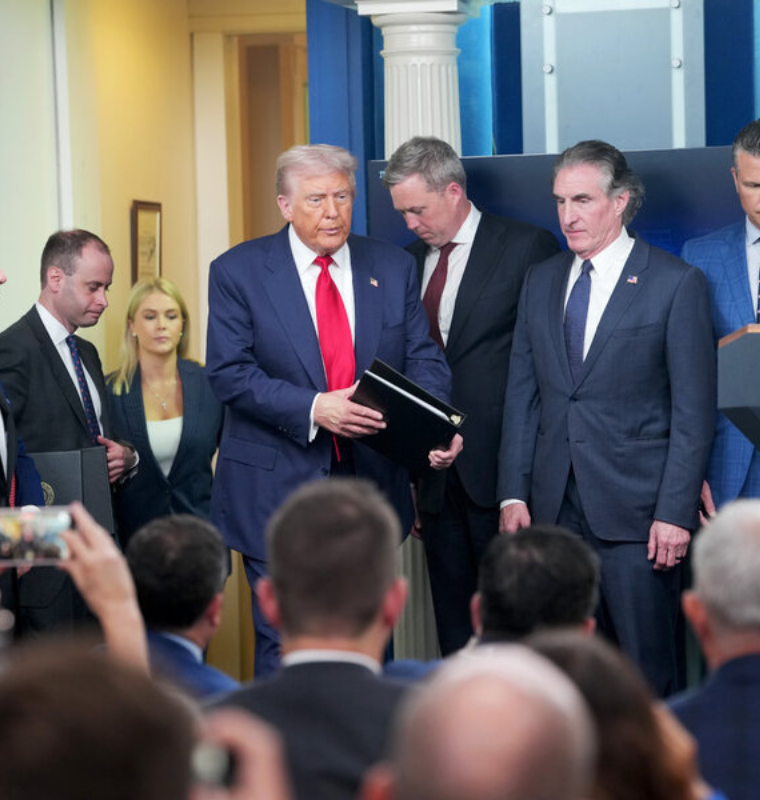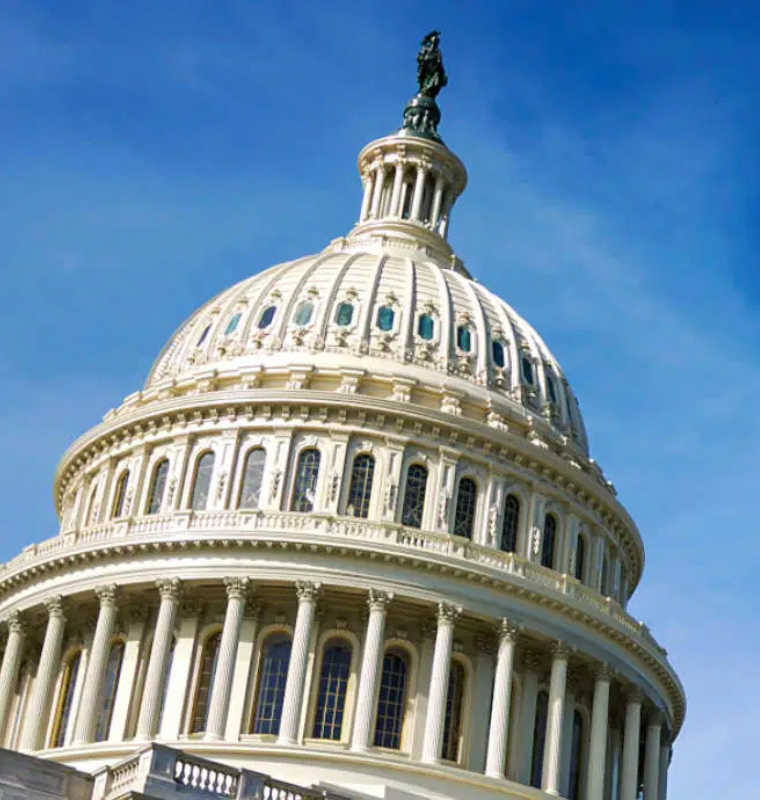Australia’s Inflation Falls to 3-Year Low, Strengthening Rate Cut Hopes
Australia’s Inflation Falls to 3-Year Low, Strengthening Rate Cut Hopes
By
David Goldfarb
Last updated:
July 30, 2025
First Published:
August 6, 2025

Photo: International Business Times Australia
Australia’s Inflation Eases Sharply in Q2, Raising Stakes for August Rate Decision
Australia’s inflation rate dropped more than expected in the second quarter of 2025, reinforcing the case for the Reserve Bank of Australia (RBA) to ease interest rates. According to data released by the Australian Bureau of Statistics (ABS), the country’s annual headline inflation came in at 2.1%, marking its lowest level since March 2021. This figure fell below the 2.2% median forecast from a Reuters economists’ poll and significantly down from the 2.4% rate recorded in the first quarter.
Quarter-on-quarter, prices increased by just 0.7%, compared to 0.9% in Q1 and the 0.8% consensus forecast—further signaling a slowdown in price pressures.
Breaking Down the Price Trends
Despite the overall cooling, some sectors continued to face cost increases. The biggest contributors to inflation in Q2 were:
- Housing
- Food and non-alcoholic beverages
- Healthcare
These gains were partially offset by falling transportation costs, which helped to drag the overall index down.
Katherine Keenan, head of national accounts at the ABS, explained that the softening of inflation aligns with broader trends of muted household spending and sluggish export growth—key elements weighing on the domestic economy.
RBA Signals a Shift but Holds Caution
RBA Governor Michelle Bullock had previously predicted that inflation for the June quarter would likely sit “in the lower half” of the bank’s 2%–3% target range, driven in part by temporary cost-of-living relief measures implemented by the government.
However, she warned that “as that effect unwinds, we expect headline inflation to pick up toward the top of the band by late 2025 and early 2026.”
So far this year, the RBA has already executed two 25-basis-point cuts, following an aggressive tightening cycle that pushed the cash rate to a 12-year high of 4.35%. Despite improving inflation numbers, the central bank left rates unchanged at 3.85% during its most recent meeting, highlighting persistent concerns over labor market tightness and stronger-than-expected private demand.
Minutes from the July board meeting indicated that officials preferred to wait for clear evidence that inflation would remain within the target band before making additional moves.
Mixed Signals from the Economy
Supporting the dovish sentiment, Australia’s jobless rate climbed to 4.3% in June, while GDP growth remained sluggish. The economy expanded by only 1.3% year-over-year in Q1—below the 1.5% forecast—and by just 0.2% on a quarterly basis, falling short of the anticipated 0.4% increase.
Bank of America, in a July 25 research note, said the latest inflation reading strengthens the likelihood of an imminent rate cut.
“The weaker global growth backdrop, coupled with rising unemployment, increases our conviction in a 25-basis-point cut at the RBA’s August meeting,” analysts wrote.
Final Thoughts
With inflation drifting toward the bottom of the RBA’s target range, economic growth slowing, and unemployment inching up, pressure is mounting on the central bank to shift its stance. While the RBA is treading cautiously, balancing inflation control with economic momentum, the data now offers room to consider monetary easing sooner rather than later. Investors, households, and businesses alike will be closely watching the August policy decision for clues on the central bank’s next move in this delicate economic balancing act.
Popular articles
Subscribe to unlock premium content
Disney’s Timeless Magic and How the Entertainment Giant Continues to Shape Culture and Innovation

Imran Khan’s Economic Missteps Amid Political Chaos in Pakistan

The Philippines’ Digital Shift How Remittances and BPO Are Fueling Growth

Disney’s Timeless Magic and How the Entertainment Giant Continues to Shape Culture and Innovation

Imran Khan’s Economic Missteps Amid Political Chaos in Pakistan

Disney’s Timeless Magic and How the Entertainment Giant Continues to Shape Culture and Innovation









